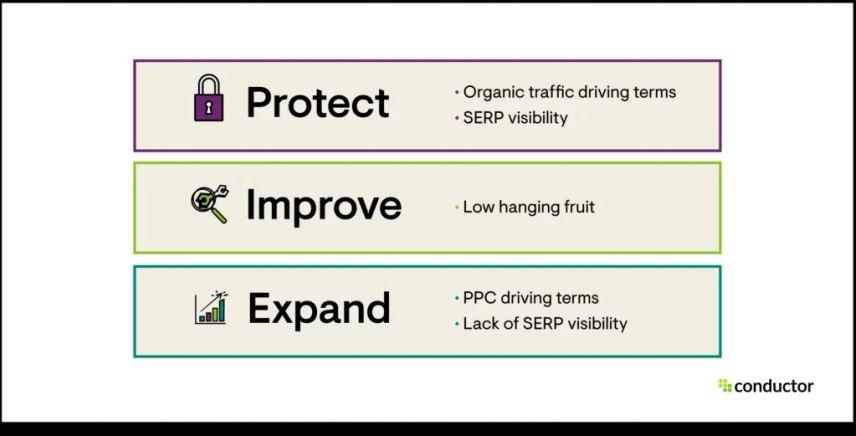Grasping Secondary Dimensions in Google Analytics: Their Relevance and Efficient Use
Grasping Secondary Dimensions in Google Analytics: Their Relevance and Efficient Use
Blog Article
Unveiling the Effect of Additional Measurement in Google Analytics on Information Evaluation and Insights
In the world of data analytics, the usage of secondary measurements within Google Analytics has emerged as a crucial device for removing deeper understandings and unraveling complex patterns that might otherwise remain obscured. By peeling back the layers of key information sets, second dimensions offer a nuanced perspective that improves the understanding of user behavior, internet site performance, and the effectiveness of marketing approaches. The true impact and untapped possibility of secondary dimensions are commonly taken too lightly, outweighed by the appeal of main metrics. As we navigate through the intricate landscape of data evaluation, the relevance of additional dimensions comes to be progressively obvious, shedding light on essential details that hold the secret to notified decision-making and strategic optimizations.
Exploring the Concept of Additional Dimensions
Secondary measurements in Google Analytics provide extra insights by allowing users to analyze main data in combination with an additional quality. By incorporating secondary dimensions, customers can delve much deeper right into the data and reveal valuable connections that could otherwise go unnoticed - what is a secondary dimension in google analytics.
Recognizing the concept of second dimensions is essential for making the most of the possibility of Google Analytics. It allows users to section data effectively, determine patterns, and make notified choices based upon an extra full picture of their analytics information. By discovering the different secondary dimensions readily available in Google Analytics, users can unlock brand-new understandings and maximize their electronic advertising and marketing efforts. Fundamentally, secondary dimensions work as an effective device for boosting information evaluation and driving actionable outcomes.
Enhancing Information Analysis With Additional Measurements
Having developed the fundamental understanding of secondary dimensions in Google Analytics and their essential duty in data evaluation, the focus now moves towards leveraging these additional credit to enhance the analysis of analytics data (what is a secondary dimension in google analytics). By including second dimensions right into data evaluation, experts can acquire much deeper insights right into individual behavior, website efficiency, and advertising and marketing efficiency

In addition, secondary dimensions help in contextualizing key information metrics by supplying extra layers of information. This contextualization help in understanding the 'why' behind the information patterns, helping experts make notified optimizations and choices to improve total performance. Ultimately, including additional measurements enhances the data analysis process, bring about more strategic activities and significant understandings.
Discovering Hidden Insights Through Second Dimensions
Discovering the depths of analytics information with additional dimensions reveals important insights that would certainly otherwise stay obscured. By incorporating secondary measurements in Google Analytics, services can unearth surprise patterns, trends, and relationships that provide a more thorough understanding of user actions and internet site efficiency. These additional layers of data enable experts to delve much deeper into the key measurements, such as website traffic sources or landing pages, and gain a much more nuanced perspective on exactly how various variables interact with each various other.
Through using second measurements, analysts can sector and contrast information across numerous measurements, allowing them to determine certain variables that influence user interaction, conversion rates, and general success metrics. By pairing the primary measurement of 'tool group' with the additional dimension of 'age group,' marketers can determine which age demographics like accessing the site through mobile gadgets versus desktops. This level of granularity encourages services to make data-driven choices and maximize their approaches for far better results. Inevitably, revealing concealed understandings via additional dimensions enhances the depth and precision of data evaluation, leading to even more educated decision-making and enhanced performance results.
Leveraging Secondary Measurements for Actionable Analytics
Structure upon the understandings revealed with secondary measurements in Google Analytics, services can currently harness this enriched data landscape to drive workable analytics and critical decision-making. By leveraging additional dimensions, organizations can delve much deeper into their information to remove useful patterns, fads, and connections that might have formerly gone undetected. This much deeper degree of evaluation makes it more info here possible for businesses to get an extra detailed understanding of customer behavior, campaign efficiency, and general internet site performance.
One trick advantage of using additional dimensions for actionable analytics is the capacity to section information based on particular requirements. This segmentation allows organizations to tailor their methods and campaigns to different audience teams, resulting in a lot more targeted and effective advertising and marketing efforts - what is a secondary dimension in google analytics. In addition, secondary measurements provide a more alternative sight of individual communications, allowing organizations to optimize their site material, design, and total individual experience
Making Best Use Of Decision-Making With Secondary Dimensions
To improve strategic decision-making in analytics, leveraging additional dimensions in Google Analytics can give an extra nuanced perspective on user behavior and campaign performance. By incorporating see this website secondary dimensions right into information evaluation, services can dig much deeper right into the specifics of their web site visitors' interactions and engagement patterns. This added layer of details permits for a much more detailed understanding of exactly how different variables, such as demographics, devices, or traffic resources, impact crucial efficiency indications.

Verdict
In final thought, the usage of additional measurements in Google helpful resources Analytics plays a crucial duty in enhancing information analysis and discovering hidden insights. By discovering this concept, one can get a deeper understanding of individual actions and make informed choices based on actionable analytics. Leveraging second dimensions permits an extra detailed analysis of data and optimizes the effectiveness of decision-making processes.

Report this page